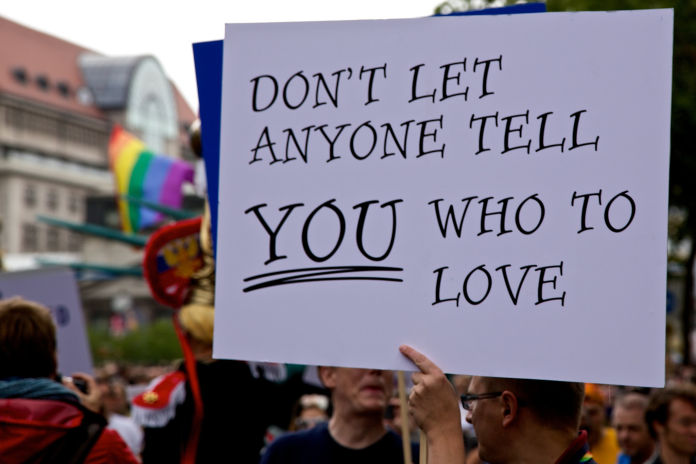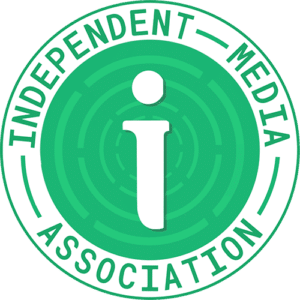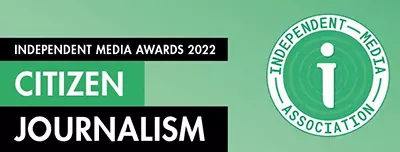The suggestion that individuals with explicit anti-gay views (i.e., homophobes) may be more likely to have repressed or hidden same-sex desires is supported by several psychological studies. These studies offer a nuanced understanding of the relationship between homophobia, internalised sexual orientation, and social conditioning, shedding light on the underpinnings of anti-gay attitudes and behaviours. Below is a synthesis of this research, drawing on both older studies, such as the 2012 research from the University of Rochester, and more recent findings in the field.
1. Implicit vs. Explicit Bias:
One of the most significant findings in research on homophobia is the discrepancy between explicit and implicit biases. In a 2012 study published in the Journal of Personality and Social Psychology, researchers found that individuals who are outwardly homophobic often have implicit associations that reveal unconscious, same-sex attractions. This was measured through reaction-time tests in which participants were asked to associate words like “gay” or “straight” with either “me” or “others”. Those with faster reaction times linking “me” to “gay” (and slower to “straight”) were found to have hidden homosexual inclinations.
This unconscious bias may not align with their public attitudes, where they might vehemently oppose same-sex relationships. The idea is that the homophobic individual may repress these same-sex desires due to internal conflicts or societal pressures, leading to outward hostility towards the LGBTQ+ community.
2. Parenting Style and Early Experiences:
Another crucial factor is the influence of upbringing, particularly the role of authoritarian or controlling parents. In the same 2012 study, the researchers found that participants raised in authoritarian, controlling, and often homophobic households were more likely to experience this kind of internal conflict between their explicit and implicit sexual orientations. These individuals were more likely to suppress their same-sex attractions and express overt hostility towards LGBTQ+ individuals, possibly as a mechanism of self-defence against feelings of guilt or shame instilled by their upbringing.
More recent studies support this notion by linking repressive or unsupportive family environments with an increased likelihood of individuals feeling unable to express their true sexual identities. These individuals may then project their internalised shame and fear onto others, adopting homophobic attitudes to cope with their own feelings of inadequacy or confusion about their sexuality.
3. Psychological Mechanisms Behind Homophobia:
The theory that “those who protest too much” may be attempting to mask their own sexual identity is central to understanding internalised homophobia. In many cases, people who express strong anti-gay sentiments may, in fact, be struggling with their own same-sex desires, but they lack the tools or the safe space to process or accept these feelings. This denial and repression can manifest in aggression and prejudice as a defensive mechanism. The psychological mechanism is often one of “projection”, where individuals project their own repressed feelings onto others, allowing them to externalise their inner conflict.
Research also suggests that homophobia can act as a form of psychological defence, protecting the individual from confronting painful aspects of their identity. This is consistent with earlier studies that show how certain individuals may react to perceived threats from the LGBTQ+ community because they feel a sense of personal inadequacy or unresolved internal conflict about their own sexual identity.
4. The Role of Repression in Anti-Gay Behaviour:
Research from 2020 and 2021 has provided further insight into the role of sexual identity repression in the expression of anti-gay behaviour. In these studies, participants who reported high levels of self-repression in terms of their sexual orientation also tended to display more overt homophobic attitudes. This repression is often seen as a response to social, familial, or religious pressures, and the more repressed the individual’s sexual identity, the more likely they were to express discriminatory behaviours.
More recent studies, such as those by psychologists Netta Weinstein and Richard Ryan, highlight that individuals who struggle with sexual identity repression often show increased feelings of vulnerability or threat when confronted with open expressions of same-sex attraction. This defensive posture can lead to aggressive actions, such as anti-gay bullying or support for discriminatory policies, as a way to distance themselves from their own feelings of shame or fear.
5. High-Profile Examples of Hypocrisy and Repression:
This theory has been validated by several high-profile cases of public figures who were later revealed to have engaged in same-sex acts, despite their vocal anti-gay stances. For example, the case of Ted Haggard, a prominent evangelical preacher who was caught in a gay sex scandal, reflects the internalised conflict faced by individuals who publicly oppose LGBTQ+ rights while privately acting in ways that contradict those views. Similar cases involving other conservative figures further illustrate how anti-gay rhetoric can be linked to hidden same-sex attractions, sometimes as a form of self-denial or societal expectation.
6. Consequences and Implications for Society:
The consequences of repressed homosexuality manifest not only in individual psychological distress but also in broader societal harm. Anti-gay attitudes can contribute to the perpetuation of hate crimes, bullying, and discrimination, and these behaviours may be exacerbated by the internal conflicts faced by individuals with hidden same-sex desires.
Research into the psychology of homophobia underscores the need for greater understanding and compassion, as many individuals who express anti-gay sentiments may themselves be victims of repression and denial. Encouraging self-reflection, as suggested by the 2012 study, could potentially lead to greater acceptance of LGBTQ+ individuals and an alleviation of the harm caused by homophobia.
In summary, the link between homophobia and hidden homosexuality is multifaceted, involving psychological, social, and cultural factors. Individuals who are explicitly homophobic may indeed be suppressing their own same-sex desires due to early socialisation in homophobic or authoritarian environments. The internal conflict that arises from this repression can lead to overt hostility towards the LGBTQ+ community, but it is also a call for greater self-reflection and empathy. More recent research continues to explore the complexities of this dynamic, offering deeper insights into how internalised prejudice can manifest as external hostility.







